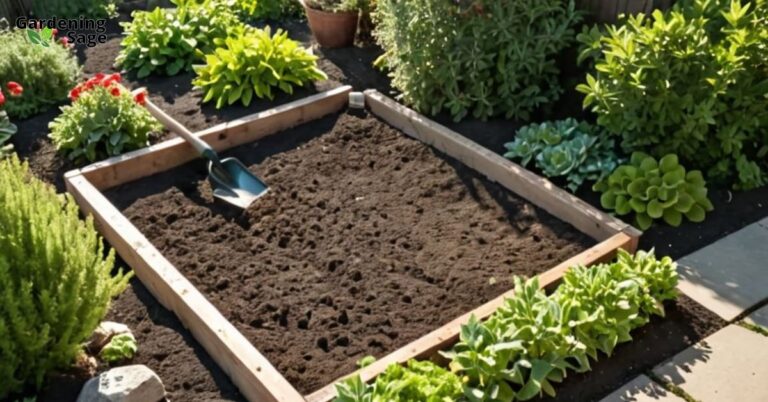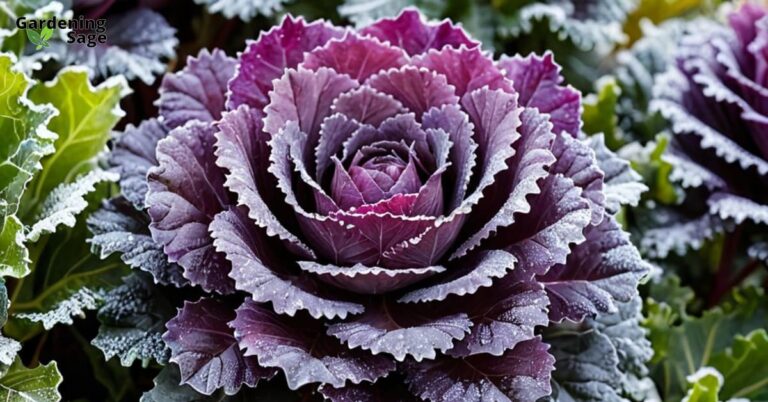In an era marked by environmental concerns and a growing awareness of our ecological footprint, sustainable gardening has become not just a trend, but a necessity. It’s an approach that harmonizes our love for gardening with the need to protect and nurture the environment.
This guide delves deep into the world of sustainable gardening, offering practical tips and innovative techniques to help you cultivate a garden that is not only a source of beauty and bounty but also a bastion of environmental responsibility.

1. Embracing the Ethos of Sustainable Gardening
Sustainable gardening is more than a set of practices; it’s a philosophy. It encompasses the choice of plants, the methods of cultivation, and the way we interact with the natural world.
This approach seeks to create gardens that are in harmony with the environment, using resources responsibly and minimizing ecological impact.
2. Organic Practices: The Heart of Sustainable Gardening
At the core of sustainable gardening is the commitment to organic practices. This means saying no to synthetic chemicals and fertilizers and embracing natural alternatives.
Organic gardening nurtures the soil, supports biodiversity, and produces healthier, more resilient plants.
3. Water Wisdom: Conserving a Precious Resource
Water conservation is a critical aspect of sustainable gardening. Techniques such as rainwater harvesting, using drought-tolerant plants, and employing efficient irrigation systems like drip or soaker hoses can significantly reduce water usage.
Mulching is another key practice that helps retain soil moisture and reduce water needs.
4. Building Soil Health Naturally
Healthy soil is the foundation of a thriving garden. Sustainable gardening focuses on enhancing soil health through organic matter addition, composting, and the use of green manures.
Avoiding soil compaction and practicing crop rotation also contribute to maintaining fertile, vibrant soil.
5. Choosing the Right Plants for Sustainability
Plant choice is crucial in sustainable gardening. Opting for native plants, which are adapted to local conditions, reduces the need for additional water, fertilizers, and pest control.
Native plants also provide essential habitat and food for local wildlife, promoting biodiversity.
6. Integrated Pest Management: A Balanced Approach
Instead of relying on chemical pesticides, sustainable gardeners use integrated pest management (IPM) strategies. This approach includes encouraging beneficial insects, using physical barriers, and practicing good garden hygiene to keep pest populations in check without harming the environment.
7. Maximizing Space with Creative Solutions
Sustainable gardening is about making the most of available space.
Techniques like vertical gardening, container gardening, and intercropping allow you to grow more in a limited area, making sustainable gardening accessible to those with smaller urban spaces.
8. Reducing Waste through Recycling and Upcycling
A key principle of sustainable gardening is reducing waste. This involves recycling garden waste into compost, reusing materials for garden projects, and upcycling everyday items into planters or garden decorations.
9. Encouraging Wildlife and Creating Ecosystems
A sustainable garden is a living ecosystem. By creating habitats for wildlife, such as birdhouses, insect hotels, and ponds, you can encourage biodiversity and create a garden that supports a wide range of life.
10. Sustainable Lawn Care and Alternatives
Traditional lawns can be resource-intensive. Sustainable alternatives include low-maintenance grass varieties, native ground covers, or even converting lawn areas into vegetable or flower gardens.
11. Community Engagement and Shared Learning
Sustainable gardening thrives on community engagement. Sharing knowledge, seeds, and resources with other gardeners fosters a sense of community and promotes the wider adoption of sustainable practices.
12. Staying Informed and Adapting to Change
The world of sustainable gardening is dynamic and ever-evolving. Staying informed about new sustainable practices, climate-resilient plants, and ecological gardening trends is essential for keeping your garden both sustainable and thriving.
A Sustainable Future Begins in the Garden
Sustainable gardening is a powerful way to positively impact the environment from your backyard. By adopting these practices, you contribute to a healthier planet, creating a garden that not only provides beauty and sustenance but also serves as a testament to environmental stewardship.
Embrace sustainable gardening and join the green revolution, one garden at a time.














